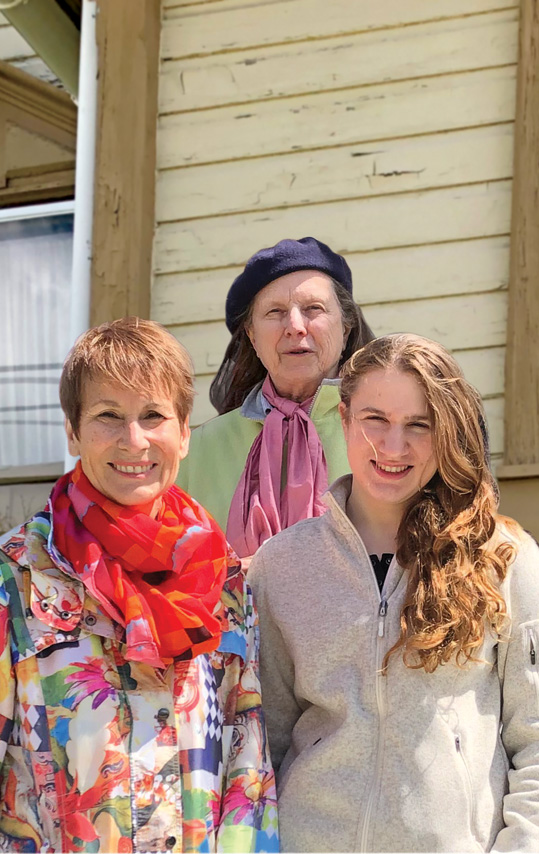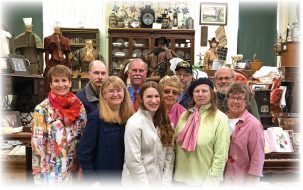Oviatt House picked as key Underground Railroad site by National Park Service
by Sue Serdinak
The Oviatt House has been selected as one of 16 additions to the National Park Service’s Underground Railroad Network to Freedom Program.
As the residence of Mason Oviatt, who teamed with abolitionist John Brown to transport slaves to freedom before the Civil War, the Oviatt House has been the object of controversy in Richfield.
The fate of the 1836 house is in the hands of the Richfield Joint Recreation District Board of Trustees, who last year voted to raze the building. Since then, a group has formed to save the house and repurpose it, possibly as a visitors center of the Richfield Heritage Preserve. The announcement of the Oviatt House’s inclusion in the Underground Railroad Program was made by Douglas Emhoff, husband of Vice President Kamala Harris, and Secretary of the Interior Deb Haaland.
It took the work of several individuals to prepare the Oviatt House application. Juanita Taylor discovered the designation afforded by the National Park Service while visiting another historical site. She and lead historian at the Richfield Historical Museum, Linda Fleming, started collecting information on the Oviatt house and particularly Mason and Fanny Oviatt.
Serena Juchnowski became involved as the writer of the application.
“I never imagined this project would nearly dominate my time and mind,’’ said Juchnowski. “Few realize how much effort went into research and documentation towards this effort. What I expected to be a 5-page form turned into a 62-page report.
“I cannot thank Deanda Johnson from the NPS enough for her guidance as well as Juanita Taylor and Linda Fleming for their support and research assistance. I am overjoyed with the Oviatt House’s acceptance onto the NPS’s Network to Freedom,” Juchnowski said.
Added Taylor, “The Network to Freedom project itself led me to a greater understanding of the sacrifices and risks the regular citizens of Richfield experienced over 150 years ago to bring about freedom for all mankind. Our own village’s history is rich with lessons to explore and I am privileged to be a small part of the heritage of our village.’’
Richfield Historical Society
Since 1955, volunteers of the Richfield Historical Society have been diligent to collect, log and preserve historical documents, extensive records and primary sources of the Richfield community. The information that was gathered at the Richfield Historical Museum was critical to the positive outcome of receiving the designation from the National Park Service.
The early and continual research of Jim Fry and of the Save the Oviatt House group was instrumental in helping paint a clear connection between the Oviatts and the Underground Railroad. The Rev. John King and the Richfield United Church of Christ shared historical records, and the RJRD Board gave the go-ahead to process the application.
National recognition
The new listings join nearly 700 other sites, programs and facilities in the network that honor, preserve and promote the history of resistance to enslavement through escape and flight.
“Today’s announcement reminds us of the dark pages in our history books but also highlights the incredible strength and resilience of Black communities,” said Haaland.
There are 682 listings in 39 states, Washington, D.C., and the U.S. Virgin Islands in the Network. In addition to the Oviatt House, the Liberty Monument, overlooking the Ohio River in Ripley, Ohio, was added to the list this year. The monument was erected in 1912 to recognize the border between slavery and freedom and commemorates the Underground Railroad activity of Ripley-area individuals. ∞


